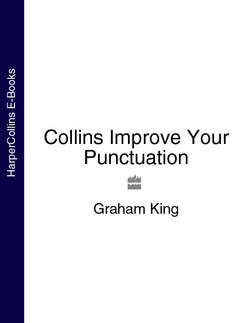Читать книгу Collins Improve Your Punctuation - Graham King - Страница 9
The Paragraph
ОглавлениеThe most quoted definition of a paragraph is that of Sir Ernest Gowers, who wrote in The Complete Plain Words that it is ‘a unit of thought, not of length … homogeneous in subject matter and sequential in treatment of it.’ The Times, in advising its journalists, adds: ‘Rarely should a paragraph in The Times be of only one sentence, least of all a short one, unless special emphasis is needed. Long paragraphs are tedious but short ones are jerky and can be equally hard to follow. The best advice is to remember Gowers and ask, before pressing the paragraph key, “Have I finished that thought?”.’
All very well, but of all the units of punctuation the paragraph is the least precise and the most resistant to rules. Sometimes they are indented, sometimes not. Quite often, the first paragraph under a heading is not indented, although all subsequent paragraphs are. Browse through a handful of books and you’ll note that paragraphs can consist of a single line or a single word; you’ll also see leviathan examples which take up a page or more.
Here are some practical pointers. Think of the end of a paragraph as a sort of breathing space for both writer and listener. The writer needs to gather his thoughts afresh, and the reader needs a momentary rest from concentration. In writing, a new paragraph marks a break or change in the flow of thought, which is as good a reason as any to begin on a fresh line.
